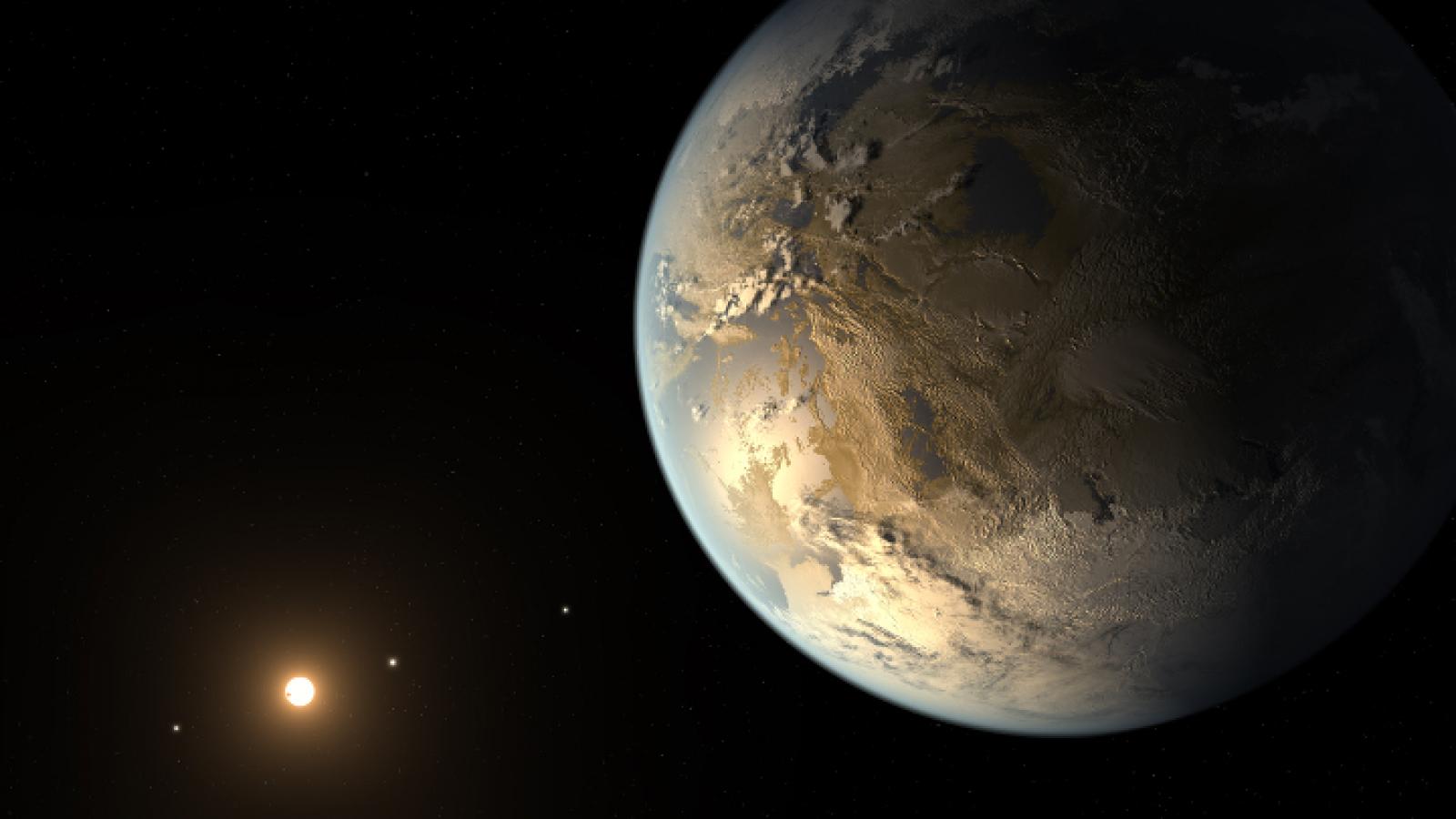Is there life on other planets and moons in our Solar System?
Are there planets around other stars?
Are any of them like the Earth?
Is there intelligent life elsewhere in the universe?
Astronomy 1141, Life in the Universe, is an introduction to Astrobiology for non-science majors. It is a General Education (GE) Physical Science course in the Natural Science category. The goals of courses in this category are for students to understand the principles, theories, and methods of modern science, the relationship between science and technology, the implications of scientific discoveries and the potential of science and technology to address problems of the contemporary world.
For most of human history, we have known of exactly one planetary system, our own. In the past few decades, we have discovered many thousands of confirmed planets around other stars, with many thousand more candidate systems awaiting confirmation. We are starting to find planets that appear to be the size of Earth, and in regions around their parent stars where we might expect to find liquid water on such planets. This raises the possibility of other habitable planets in our universe from the realm of science fiction to the level of a question that can be addressed scientifically, the answer to which has potentially revolutionary implications for our species.
The topics covered in this course lie at the interfaces between Astronomy, Chemistry, Biology, and the Earth and Planetary Sciences. We will learn about scientists' ongoing quest for answers to some of the most fundamental human questions, chief among them: Are we alone in the universe?
Course Objectives
By the end of this course, students should successfully be able to:
- Understand the basic facts, principles, theories, and methods of modern science.
- Understand key events in the development of science and recognize that science is an evolving body of knowledge.
- Describe the interdependence of scientific and technological developments.
- Recognize the social and philosophical implications of scientific discoveries and understand the potential of science and technology to address problems of the contemporary world.
Astronomy 1141 will meet these expected outcomes by covering three topics:
- Life on Earth: The emergence and nature of life on the Earth
- Life in the Solar System: The potential for life on other planets in our Solar System
- Life in the Universe: The search for habitable worlds and life around other stars in our Galaxy.
Among the questions that you should be able to answer by the end of the course are the following:
- What is the scientific definition of life?
- What are the conditions on Earth that provide the requirements for life?
- How did life originate on the Earth and what is the history of life on our planet?
- What is the nature of our solar system, and are there places with conditions where life might have occurred?
- Are there planets around other stars? Are any of them potentially habitable?
- Is there intelligent life elsewhere in the universe?
- What is the long-term future of life in the universe?
Course Organization
This is a 3 credit hour course; each week, there will be 3 hours of lecture, with occasional take-home assignments designed to explore some of the course topics in greater depth. For Arts and Sciences students in a Bachelor of Arts program, this course meets the Arts and Sciences GE requirement of a natural sciences course without a laboratory component.
Course Catalog Description
The potential for life elsewhere in the universe, based on the discovery of extra-solar planets and the nature of life on Earth; Search strategies for such life.
Prerequisites:
Not open to students with credit for 141.
This course is available for EM credit. GEL Natural Science: Physical Science course. NS Admis Cond course.

